
HomeAbout usHow to reach usPicture galleryPrice listContactSubotica
"Guest house Mali homtel"
Harambašićeva 25
24000 Subotica
Serbia
tel:
+381(0)24-552-977
tel/fax:
+381(0)24-553-786
mob:
+381(0)63-555-787
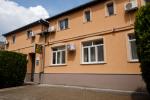 For the quality of our work take a look at our images and see for yourself!
For the quality of our work take a look at our images and see for yourself!
design: www.prowebing.com
Each town is at the same time older as well as younger than its inhabitanst - older, perhaps, due to the symbols of gone*by times enwrapped by more recent events, but most certainly due to its edifices, milestones of permanence - younger due to the ambitions of diversified population to reach a "unity of diversity" while living in harmony, The synthesis of various disciplines in arhitecture at the turn of the 19th century, the time of its most intensive building, distinguishes Subotica making it unique and its hospitable people proud of values that were born and fostered here.
The tourist and transit location of Subotica has been, so to say, improved by the establishment of Serbia. Namely, the territory of Subotica lies in the vicinity of the international transit motorway, E-75 and two international, highly frequent border crossings. Presently, Horgos and Kelebia are the border crosses having the highest interaction of passengers and goods both in road and railway transport thus, generally, attributing Subotica as an advantageous location. There are traffic-related factors in the background of this beneficial position, especially in view of the fact that the city is located on the presently most important spatial and strategic direction: Corridor X .
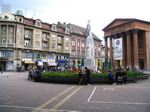
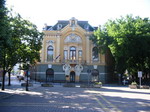
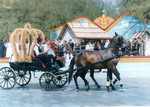

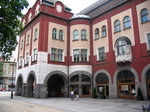
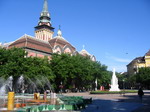
The earliest archaeological findings in the broader Subotica area were excavated along the Lake Ludas front and originate from the period of the last Ice Age. Yet, there are also sites from the period of Neolith, Copper and Bronze Ages. Some of the findings evidence the presence of Scythians, Dracians, Goths, Huns and Avars in the area. In times when Hungarian tribes were settling the territory of the Carpathian Basin they encountered Slav tribes in this region.
The name "Subotica" appears much later, i.e. in 1391, in written sources as . There are scarce relevant data about the city from that period, except for the one that the town was from 1526 under the jurisdiction of the Szeged sandzak. The progress of Subotica is landmarked by the following dates:
- 1749, when it was awarded the status of a trading town under the name St. Mary,
- 1779, when the town was declared a free royal town under the name Mariatheresiapolis and
- 1869, when the Szeged-Subotica railroad was built.
In the period after this latter date, Subotica experienced a renaissance in cultural and economic progress. The town started to build connection with the rest of Europe thus the railroad brought along new people: salesmen, bankers and others who sublimated the new cultural needs of the times.
- Summer Theatre Nights
- International Fair of Entrepreneurship
- Harvest Feast ( www.duzijanca.co.rs )
- International Film Festival-Palić ( www.palicfilmfestival.com )
- International Festival of Children's Theatres - Subotica
- United Games
- Vintage Days
The crescent shape Lake Palic is of Aeolic origin and lies eastwards from Subotica in lowland. The Palic area is under protection in order to preserve its eco-system (the lakes, the habitats, the Park, ZOO).

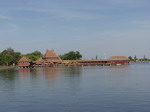
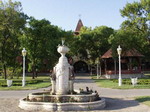
The lakes represent tourist values with significant recreational contents and are also a good basis for the development of spa, fishing, excursion and other types of tourism.
Text is downloaded from the official web site of subotica www.subotica.rs
Pictures www.subotica.info
Some parts of text are from book "Subotica", by Basch István